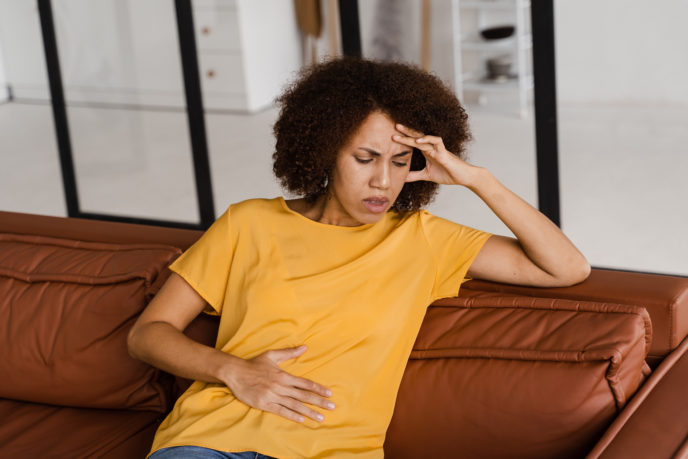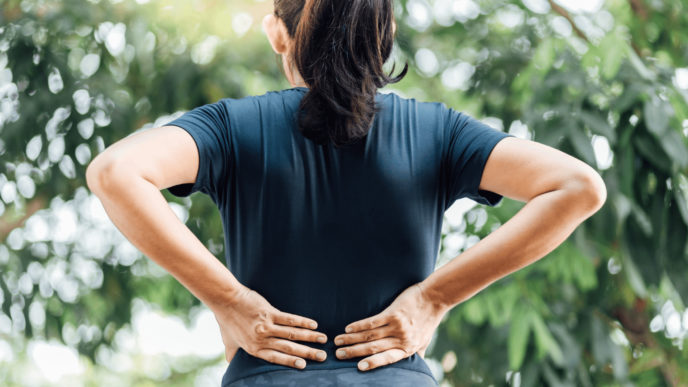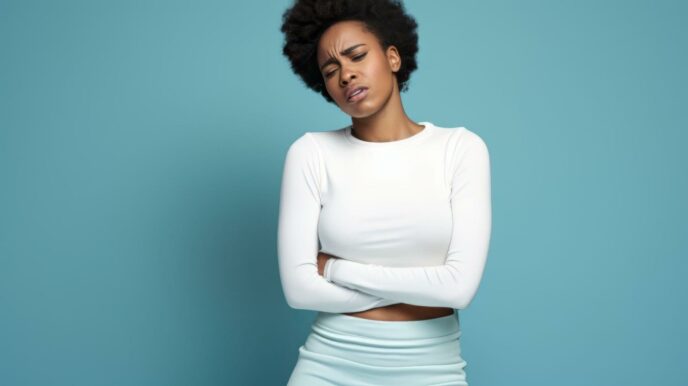
Do All Fibroids Cause Symptoms

Uterine fibroids (also known as leiomyomas or myomas) are noncancerous tumors that form in the uterus. Though small fibroids may cause no symptoms, many women experience pain and other problems with large fibroids. Heavy menstrual bleeding is common, along with frequent urination, constipation, and even anemia.
It is important to understand fibroid symptoms so you can seek help from a specialist if needed. Call American Fibroid Centers to learn about advanced treatment options like uterine fibroid embolization (UFE). We employ trusted fibroid professionals in Queens, Fishkill, Harlem, Brooklyn, West Orange, NJ, and Cincinnati, OH.
Who is likely to develop fibroids?
Studies show that roughly 20 – 80% of women develop uterine fibroids or myomas by the time they reach 50. Fibroids generally appear during childbearing years but can form at any age. African American women and women with family members who have fibroids are more likely to develop them as well.
Where do fibroids grow?
Fibroids can grow anywhere in the uterus, but they most commonly develop on or within the inner lining. There are several kinds of myomas based on their location:
- Intramural fibroids: Inside the wall of the uterus
- Subserosal fibroids: Outside the wall of the uterus
- Submucosal fibroids: Inside the uterine cavity
- Pedunculated fibroids: Attached to the uterus by a stem
What kinds of fibroids cause symptoms?
Fibroid symptoms vary based on their location and size. For example, small fibroids outside the uterus may not cause any problems, but large fibroids inside the uterine wall could place pressure on surrounding organs and tissues. You may experience pelvic pain, heavy menstrual bleeding, and pressure on the bladder or rectum that causes frequent urination or constipation.
Anemia, fatigue, and general discomfort are also common side effects of fibroids due to heavy blood loss during menstruation. It is essential to seek medical attention for a prompt diagnosis and appropriate treatment plan.
How do you diagnose fibroids?
Myomas are often diagnosed during a routine pelvic exam, but your doctor may order additional tests to confirm the diagnosis. An American Fibroid Centers’ specialist may recommend an MRI to get a clear picture of your uterus and fibroids.
Our specialists located in Queens, Fishkill, Harlem, Brooklyn, West Orange, NJ, and Cincinnati, OH can provide more information during a detailed and thorough consultation.
What are the treatment options for fibroids?
There are several ways to manage fibroids, but not all are right for every patient. American Fibroid Centers can perform a minimally invasive procedure called a uterine fibroid embolization. UFE involves blocking the blood flow to fibroids, which causes them to shrink. Symptoms then gradually disappear. Women often prefer UFE because it is non-surgical, requires less time in recovery and is performed in an outpateint center.
Ask about fibroid symptoms
Fibroid symptoms can be painful and disruptive, but there are treatment options available. American Fibroid Centers offers uterine fibroid embolization, an innovative procedure that provides real relief. Our centers are located in Queens, Fishkill, Harlem, Brooklyn, West Orange, NJ, and Cincinnati, OH. Schedule an appointment today and see why women trust us for their care.
Related Blogs & Videos
Learn more about vascular health, prevention, and care for Peripheral Arterial Disease.





